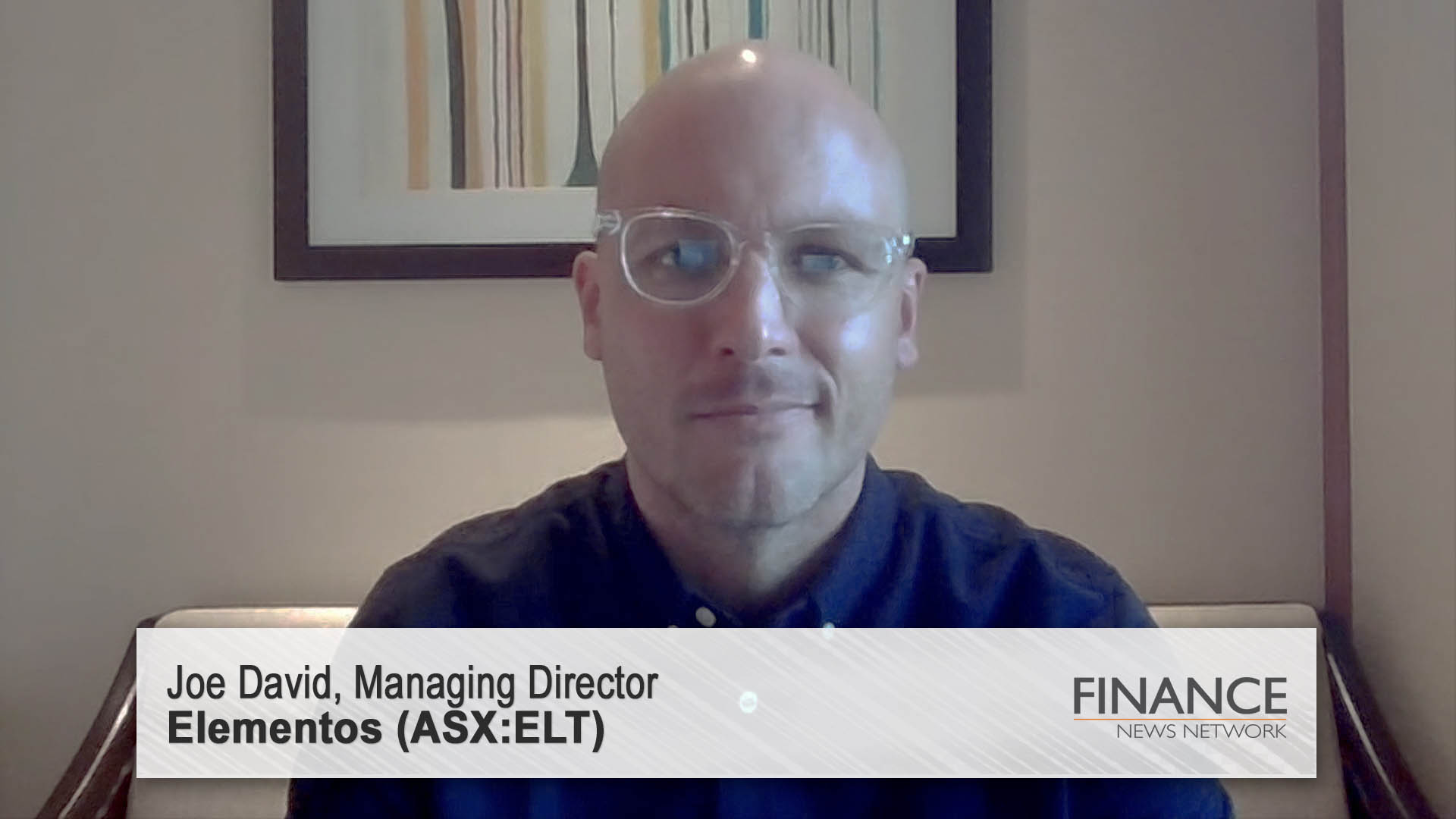No more rate cuts in Australia and if there is one, we will know its because the economy is heading for the rocks.
That’s the bottom line from yesterday’s rate cut decision from the Reserve Bank.
The RBA cut its cash rate, as expected to a record low of 2%, but it doing so, effectively ruled out any further cuts by dropping a key piece of wording which had appeared at the bottom of the post-meeting statements from Governor Glenn Stevens for much of the past year or more.
The ASX rose strongly in the first half hour of trading yesterday up almost 1.3%, then started easing, spiked higher at 2.30pm just after the RBA decision and then slid to end the day just in the red.
And the forex market immediately grabbed on that realisation and sent the dollar up over 79 USc, and probably back over 80c by the end of this week.
And it’s no wonder given the way all references to possible further rate cuts have been excised by the RBA.
For example the final paragraph of the April meeting statement read:
"At today’s meeting the Board judged that it was appropriate to hold interest rates steady for the time being. Further easing of policy may be appropriate over the period ahead, in order to foster sustainable growth in demand and inflation consistent with the target. The Board will continue to assess the case for such action at forthcoming meetings.”
The final paragraph at the end of yesterday’s statement from Mr Stevens:
“At today’s meeting, the Board judged that the inflation outlook provided the opportunity for monetary policy to be eased further, so as to reinforce recent encouraging trends in household demand."
So no more continuing to assess the situation to see whether monetary policy Not even a mention of “the most prudent course is likely to be a period of stability in interest rates” as we saw in the final paragraph of numerous statements in 2014.

Source: RBA, AMP Capital
The rest of the statement from Mr Stevens read:
"In Australia, the available information suggests improved trends in household demand over the past six months and stronger growth in employment. Looking ahead, the key drag on private demand is likely to be weakness in business capital expenditure in both the mining and non-mining sectors over the coming year. Public spending is also scheduled to be subdued. The economy is therefore likely to be operating with a degree of spare capacity for some time yet. Inflation is forecast to remain consistent with the target over the next one to two years, even with a lower exchange rate."
"Low interest rates are acting to support borrowing and spending, and credit is recording moderate growth overall, with stronger lending to businesses of late. Growth in lending to the housing market has been steady over recent months. Dwelling prices continue to rise strongly in Sydney, though trends have been more varied in a number of other cities. The Bank is working with other regulators to assess and contain risks that may arise from the housing market. In other asset markets, prices for equities and commercial property have been supported by lower long-term interest rates."
"The Australian dollar has declined noticeably against a rising US dollar over the past year, though less so against a basket of currencies. Further depreciation seems both likely and necessary, particularly given the significant declines in key commodity prices."













